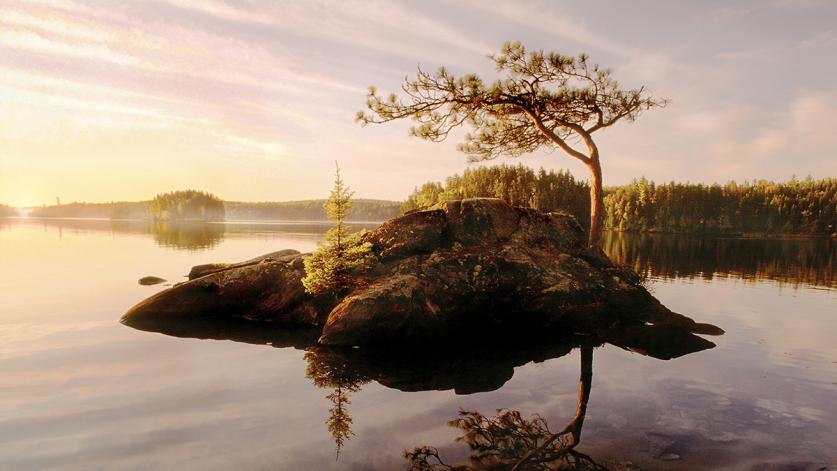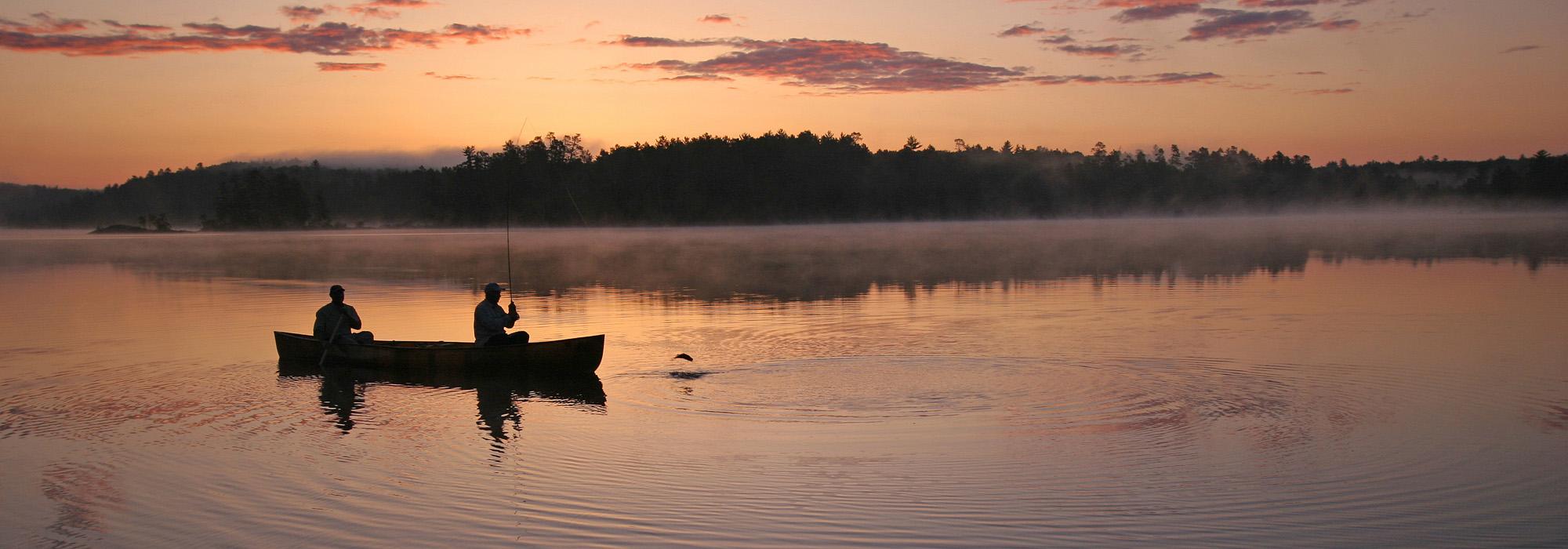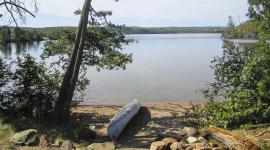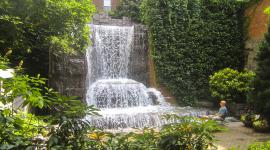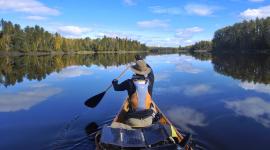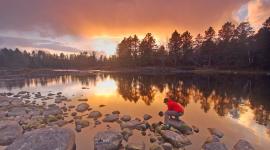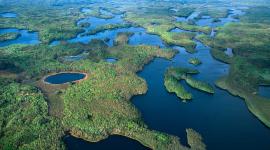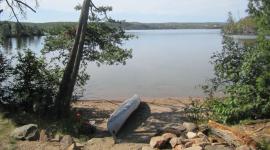Breakthrough for Boundary Waters
Supporters of the Boundary Waters Canoe Area Wilderness in northeastern Minnesota, a site featured in The Cultural Landscape Foundation’s (TCLF) Landslide 2017: Open Season on Open Space report and digital exhibition, received good news on January 30, when the U.S. Department of the Interior announced the withdrawal of more than 225,000 acres of public lands from a federal mine leasing program. The Boundary Waters was formally designated by the U.S. Congress as the Boundary Waters Canoe Area Wilderness in 1964 under the Wilderness Act. The Superior National Forest, which includes the Boundary Waters, contains 20% of all the fresh water in the entire 190-million-acre national forest system. Today, Boundary Waters is America’s only significant lake-land wilderness and the largest National Wilderness Area east of the Rockies and north of the Everglades.
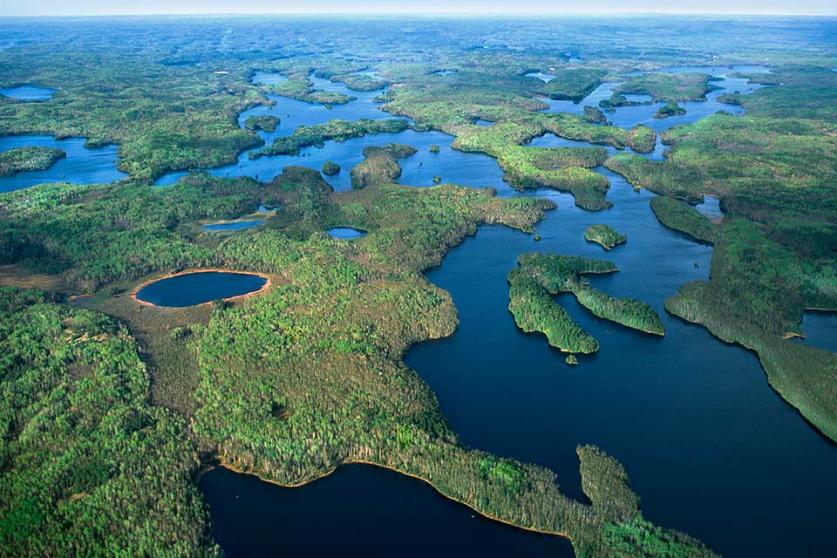
Plans to mine the area have been proposed since as early as 2006. Most recently, Twin Metals Minnesota (TMM) had proposed sulfur-ore mining within the Superior National Forest, along the southern border of the 1.1-million-acre Boundary Waters wilderness area. The mining had the potential to leach toxic sulfuric acid, heavy metals, and sulfates into the surrounding rivers, lakes, and groundwater. In December 2016, the U.S. Forest Service, which has managed the Boundary Waters site since 1909, withheld approval for TMM’s mining applications. This resulted in the Bureau of Land Management (BLM), which manages federal minerals, denying any mining permits. That same month, the Forest Service applied to the Department of the Interior and the BLM requesting that 234,328 acres of Superior National Forest lands and minerals in the watershed be withdrawn from the federal mining leasing program for twenty years. The draft environmental assessment, which goes to Secretary of the Interior Deb Haaland, calls for withdrawing 225,378 acres. Statements of support were issued by advocates including U.S. Representative Betty McCollum, whose district includes Boundary Waters. In addition, more than 200,000 public comments were submitted from two public comment periods, three virtual public meetings, and two Tribal consultations.
Last week, the report of the Forest Service and the public feedback were heeded by Secretary Deb Haaland, who signed Public Land Order 7917 to protect the northern area of the Superior National Forest from federal geothermal and mineral extraction leases for the next twenty years, the maximum suspension on extraction leases that the Department of the Interior can apply. Representative McCollum released a statement in support of the decision and promised to continue to advocate for the site’s protection: “I applaud Sec. Haaland for this action, which is an enormous step in safeguarding the Boundary Waters. Unfortunately, it can be reversed by another administration, which is why I am committed to reintroducing the Boundary Waters Wilderness Protection and Pollution Prevention Act in the 118th Congress to continue working to protect this national treasure in perpetuity.”
